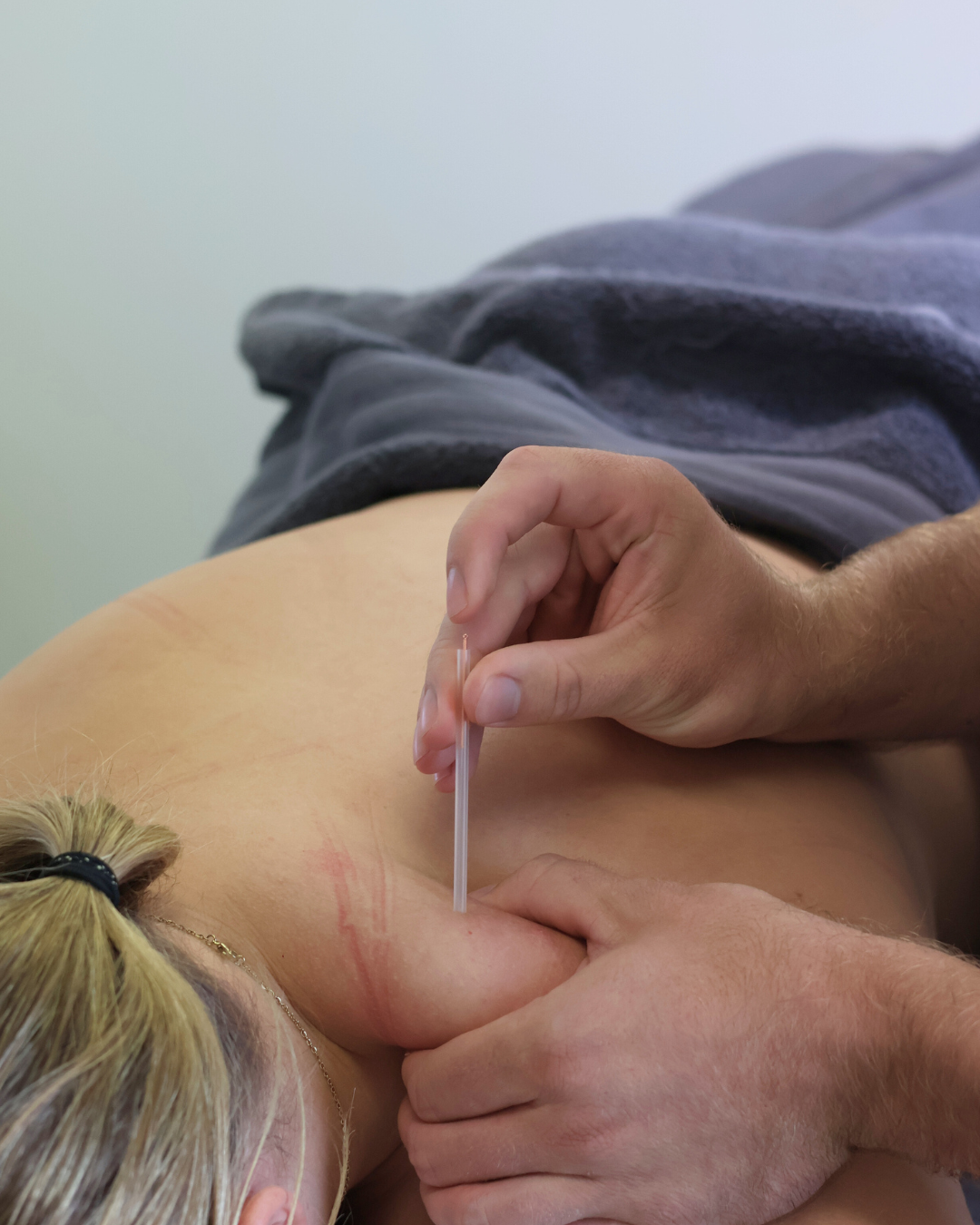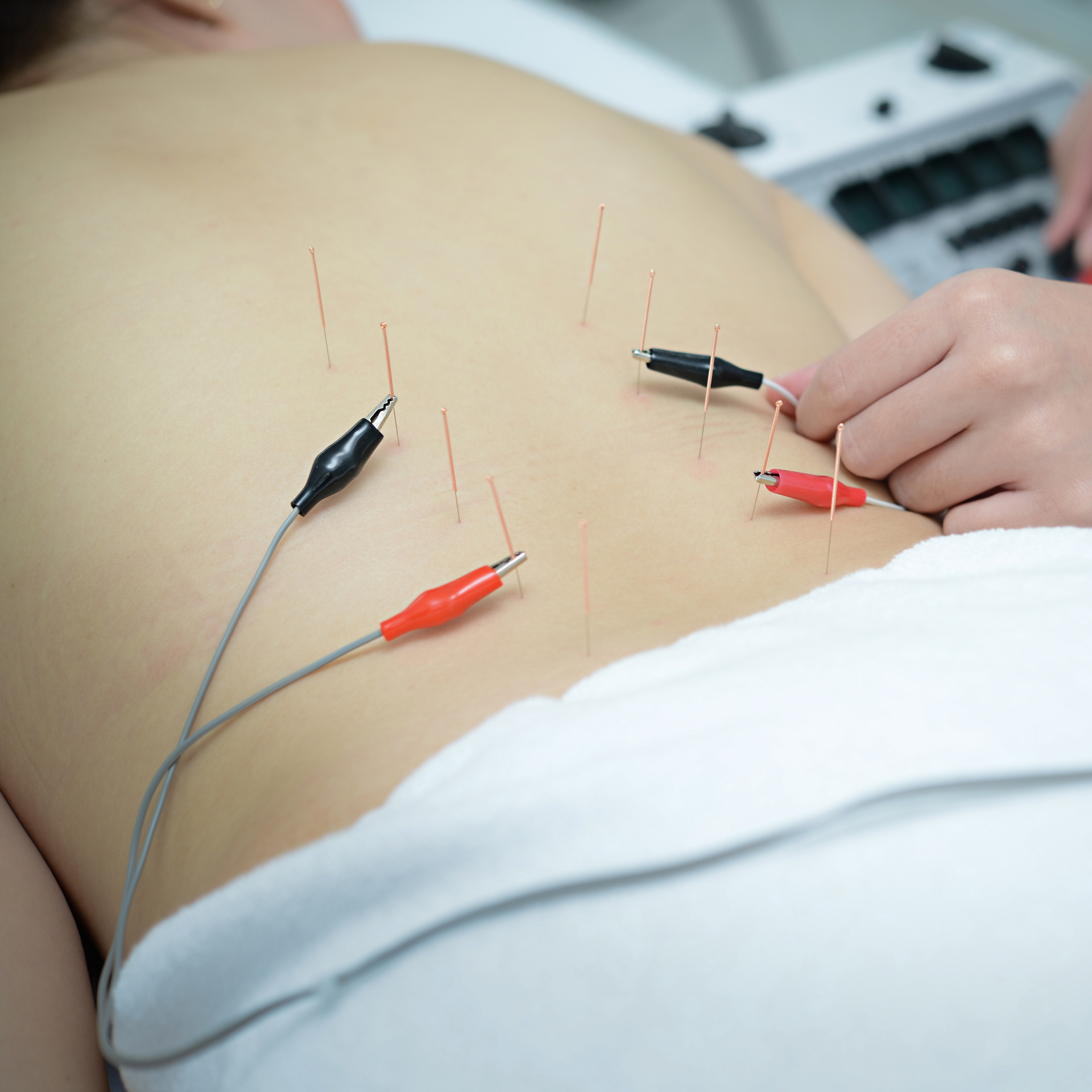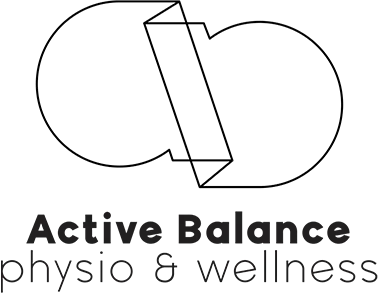Dry Needling Therapy for Targeted Pain Relief
Dry needling is a therapeutic technique that involves the insertion of thin needles into the skin and muscles to stimulate underlying myofascial trigger points, muscular, and connective tissues for the management of various musculoskeletal pain and movement impairments.

What is Dry Needling?
Dry needling is a therapeutic technique that involves the insertion of thin needles into the skin and muscles to stimulate underlying myofascial trigger points, muscular, and connective tissues for the management of various musculoskeletal pain and movement impairments. It is called "dry" needling to distinguish it from "wet" needling, which involves injecting a substance such as corticosteroids or anaesthetics into the tissue.
The primary aim of dry needling is to release or de-activate trigger points, which are tight bands of skeletal muscle fibres that can be painful when pressed or cause referred pain and dysfunction in other parts of the body. The exact mechanisms of how dry needling works are not fully understood, but it is thought to involve a combination of local tissue effects, neural modulation, and biochemical changes.
Dry needling is commonly used as part of a comprehensive treatment plan for conditions such as myofascial pain syndrome, tension headaches, chronic pain, and certain musculoskeletal disorders.
It's important to note that dry needling is different from acupuncture, even though both involve the insertion of needles into the body. Acupuncture is rooted in traditional Chinese medicine and is based on the concept of balancing the flow of energy (qi) along meridians, while dry needling is grounded in Western medicine and focuses on addressing specific muscle pain and dysfunction.
Our myotherapist and all of our physiotherapists are qualified and experienced in dry needling technique.

Electro-Muscular Dry Needling
What is Electro-muscular Dry Needling?
Dry needling on its own is a great treatment tool for a range of conditions. It involves inserting fine acupuncture needles into trigger points in the muscles. Electro dry needling involves attaching electrode cables to end of these needles, which are attached to electrical stimulation machine. This sends an electric impulse through the needle, into the tissue, and can be excellent for reducing pain and sensitivity.
The addition of electrical stimulation (e-stim) helps to enhance the treatment pain relieving effect of dry needling. E-stim helps to stimulate blood flow and provide pain relief, often providing long-term relief of symptoms. The increased blood circulation also promotes the delivery of nutrients to tissues, accelerating the healing process.
Low frequency/high intensity Electro-Dry Needling produces long term pain relief increasing over several hours after treatment.
High frequency/low intensity Electro-Dry Needling produces quick acting, short term pain relief by preventing pain messages from travelling to the brain and blocking nerve pathways.
What can it help with?
Electro dry needling can help treat a huge range of conditions including:
Nerve: neuropathy, sciatica
Soft tissue: spasm, strains, cramping, trigger points, tightness, plantar fasciitis
Joint: sprains, arthritis, joint stiffness, disc pathologies, tendinitis
What Does it Feel Like?
This will depend on the frequency used and the desired results. It shouldn't be painful, but can be slightly uncomfortable, depending on the severity of the condition being treated.
The sensation will usually range somewhere between a slight buzzing feeling to an obvious rhythmic twitching sensation.
Need more info?
If you're not sure whether this treatment will be helpful for you, or would like some more information, feel free to have a chat to your treating practitioner about your options, and we can work out the best course of action.
FAQ
Is dry needling painful?
Sensations during dry needling can vary. Some people may feel a slight prick or pressure, while others may experience a brief cramping or twitching sensation. Discomfort is usually temporary, and many individuals find relief from their symptoms after the session.
How many sessions are typically needed?
The number of sessions needed can vary depending on the individual's condition and response to treatment. Some people experience relief after just one session, while others may require multiple sessions for optimal results.
Are there any side effects or risks?
Common side effects may include temporary soreness, bruising, or minor bleeding at the needle insertion sites. Serious complications are rare but may include infection or injury to nearby structures. It's crucial to receive dry needling from a qualified and trained practitioner to minimise risks.
Can anyone undergo dry needling?
While many individuals can benefit from dry needling, it may not be suitable for everyone. Pregnant women, individuals with bleeding disorders, and those with certain medical conditions may need to consult with their healthcare provider before undergoing dry needling.
As with any medical intervention, it's essential to consult with a healthcare professional to determine the appropriateness of dry needling for your specific needs and conditions.
If you would like to add dry needling to your treatments, or would like any further information, please don't hesitate to get in touch!New Paragraph
